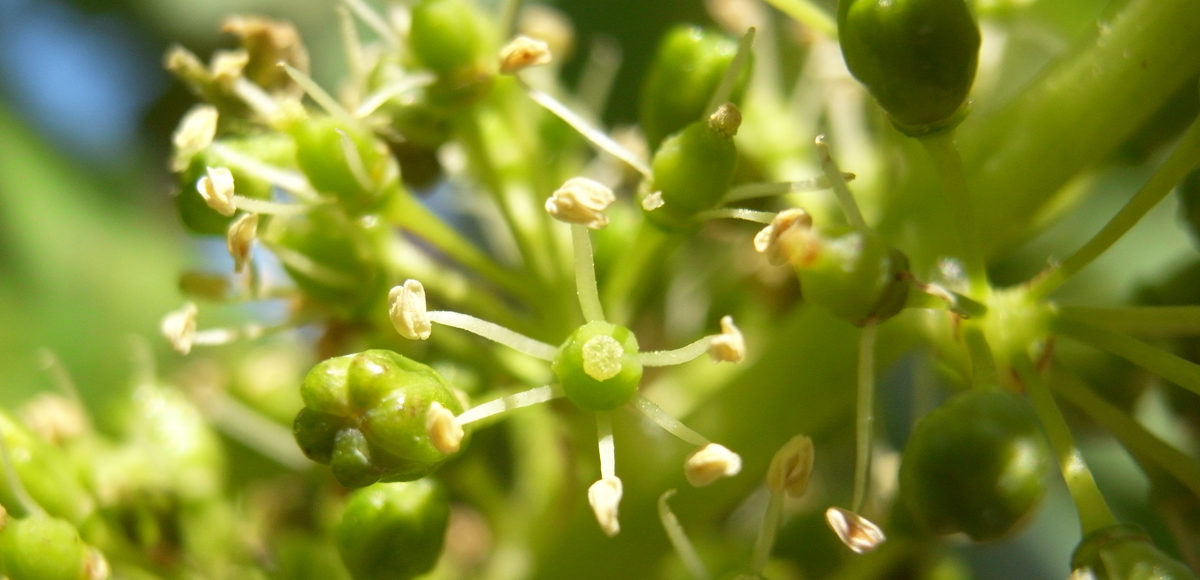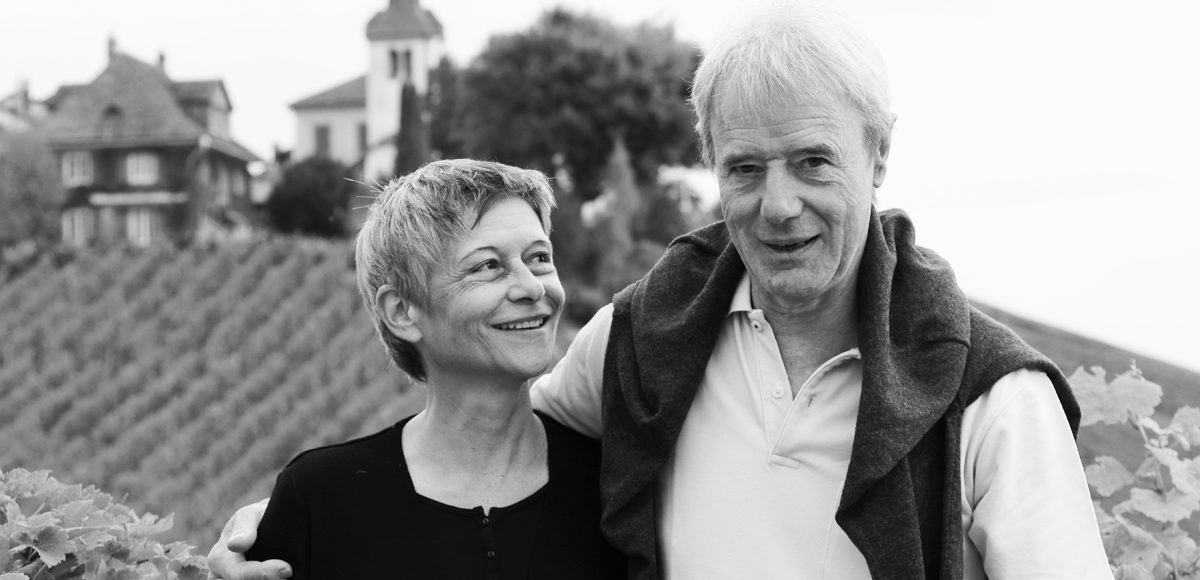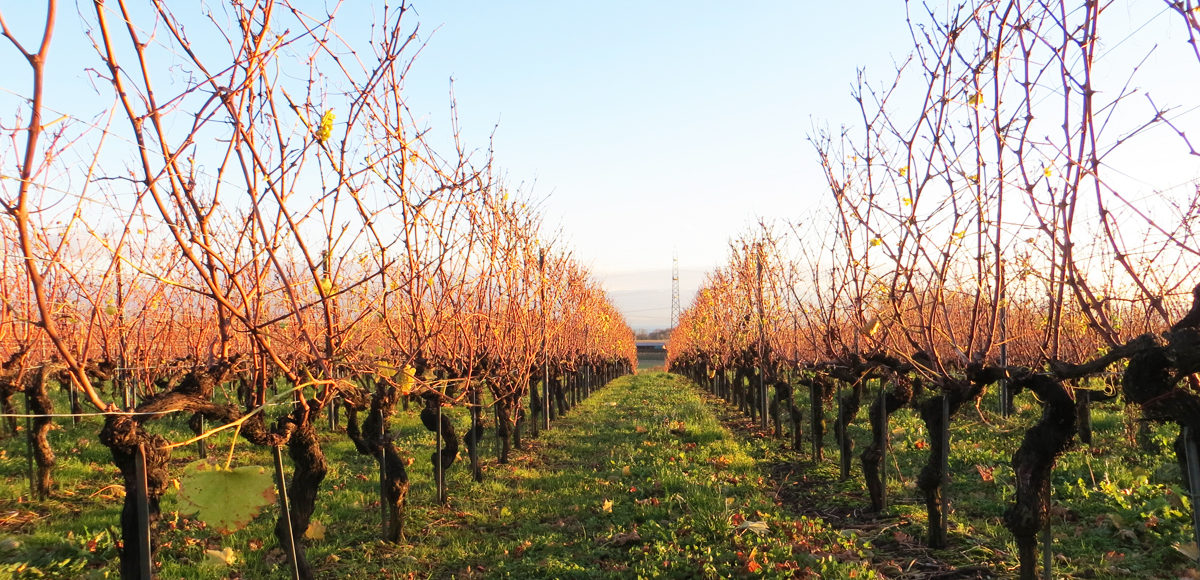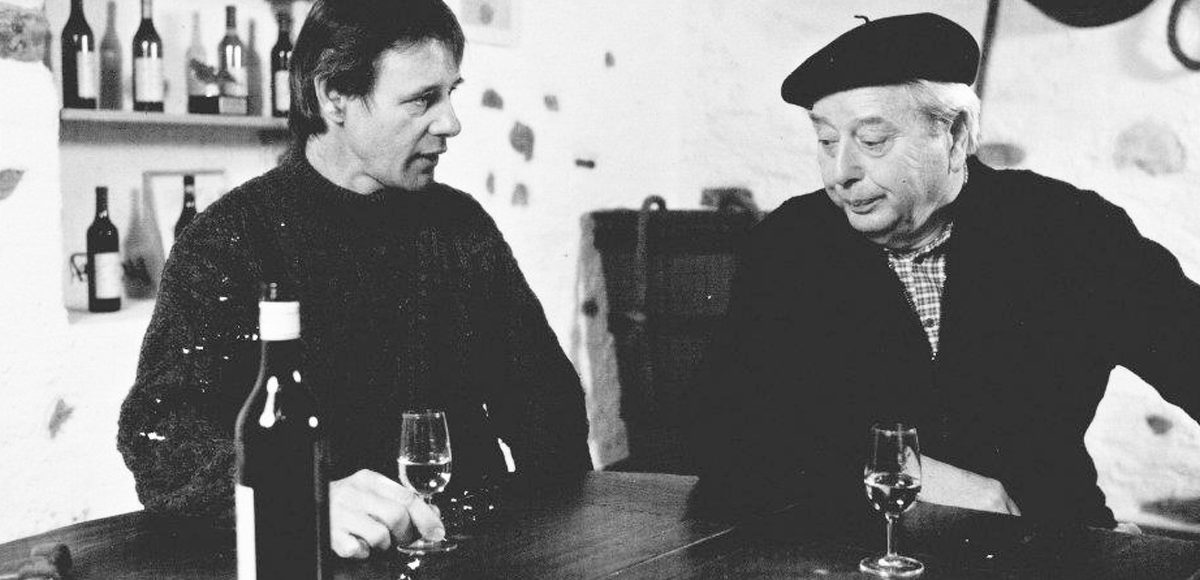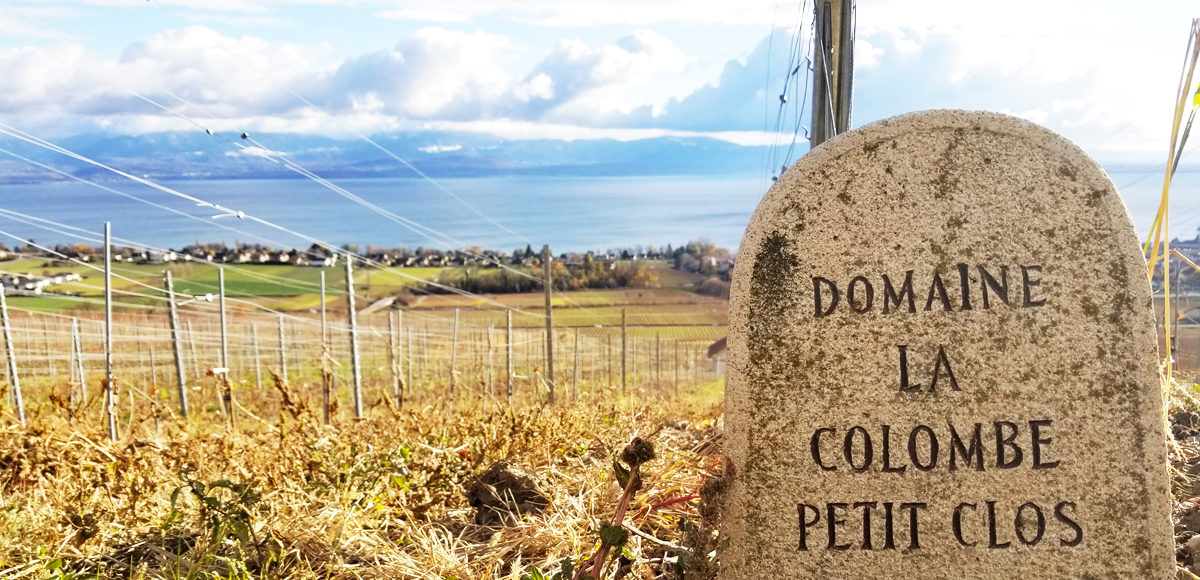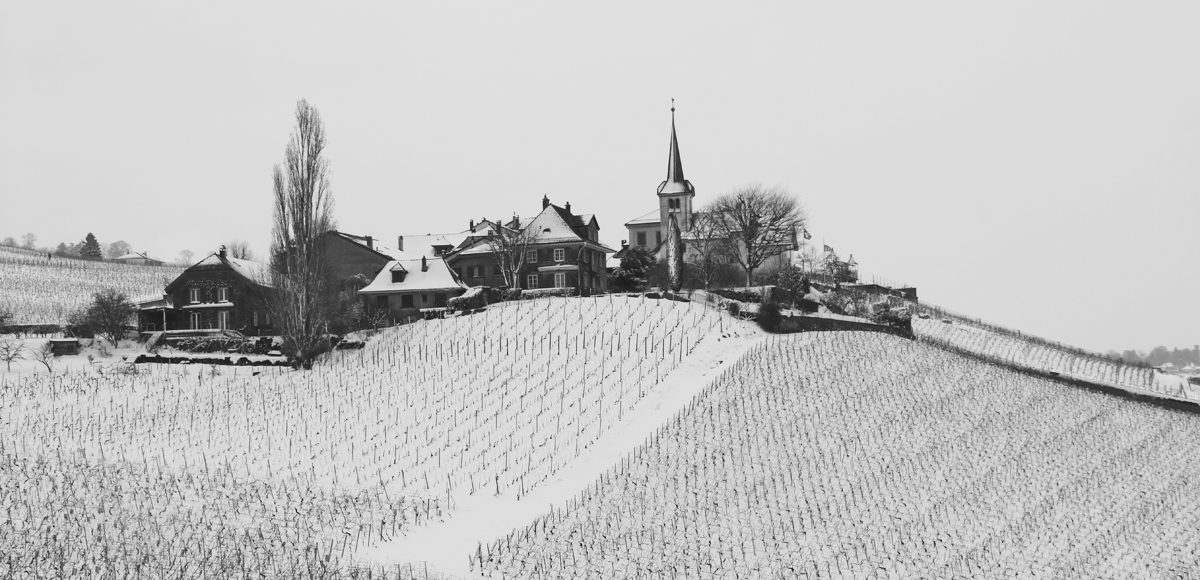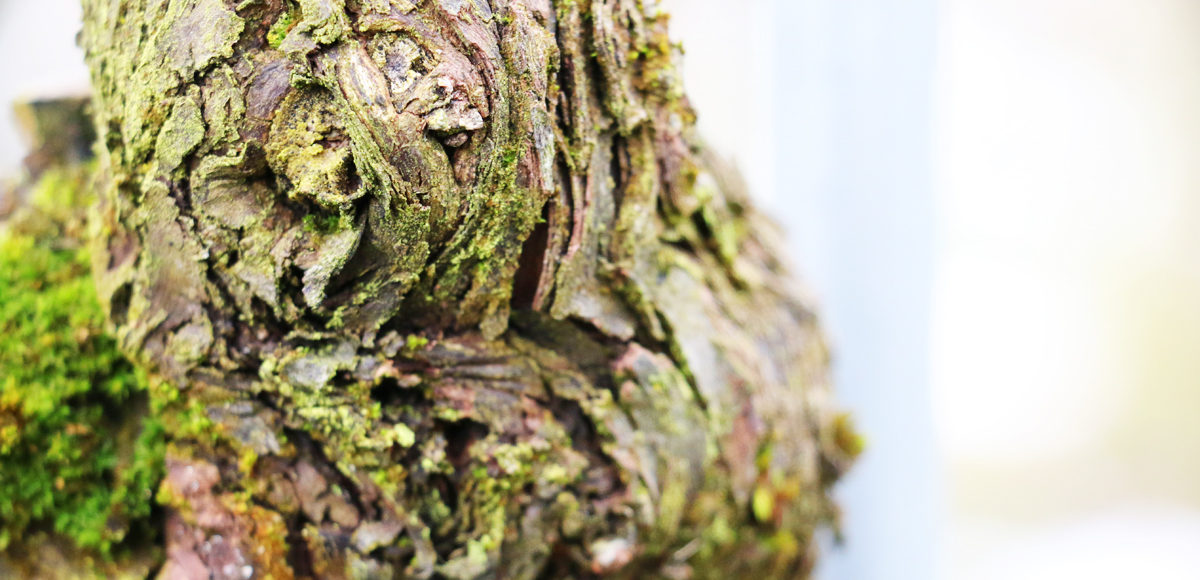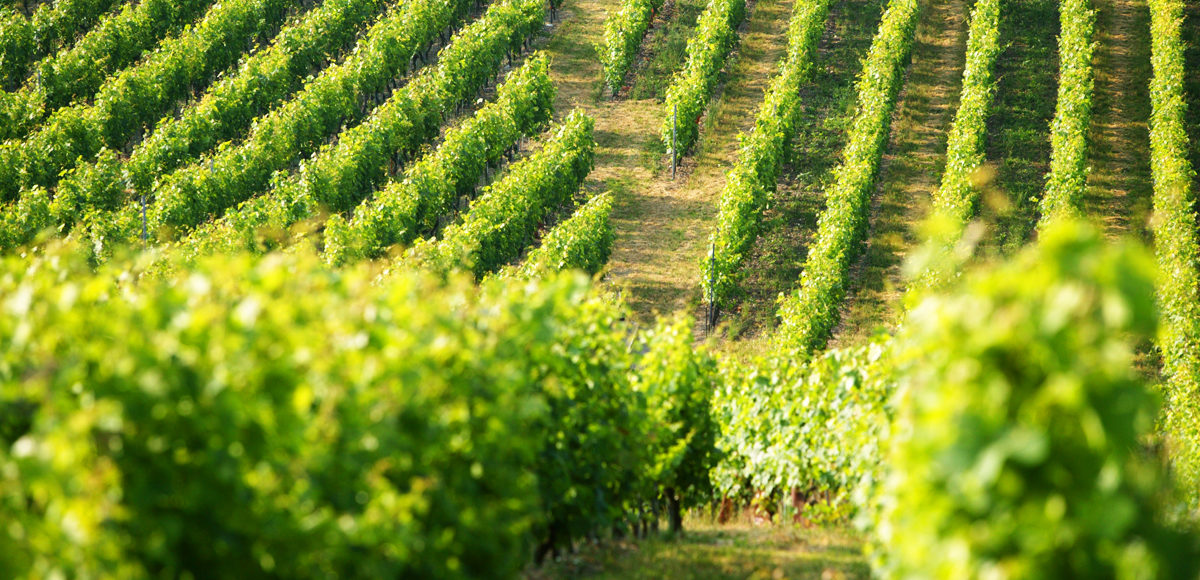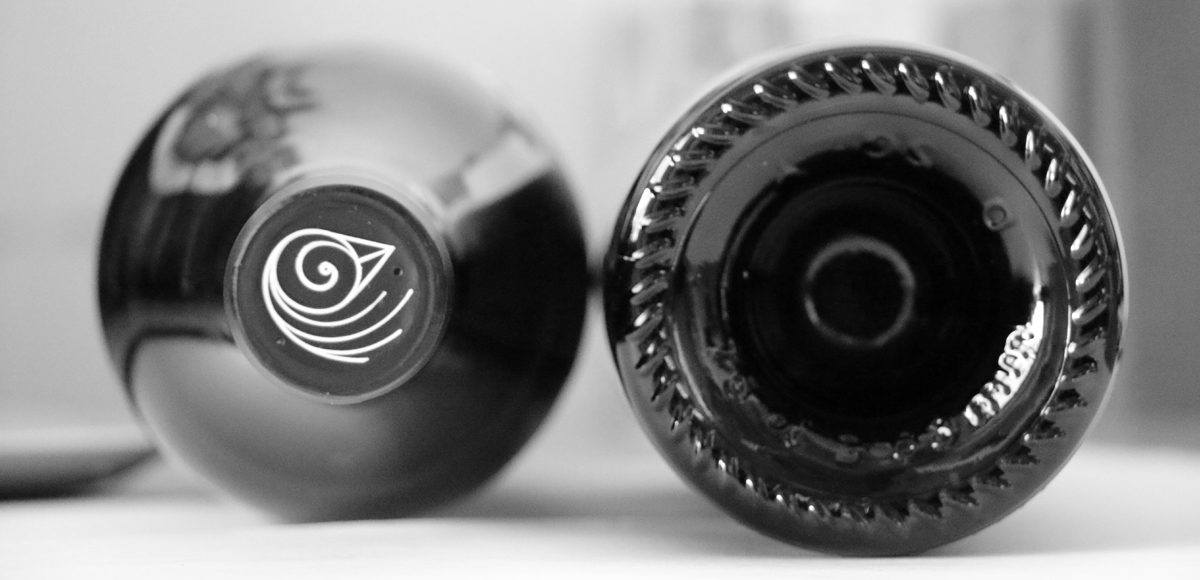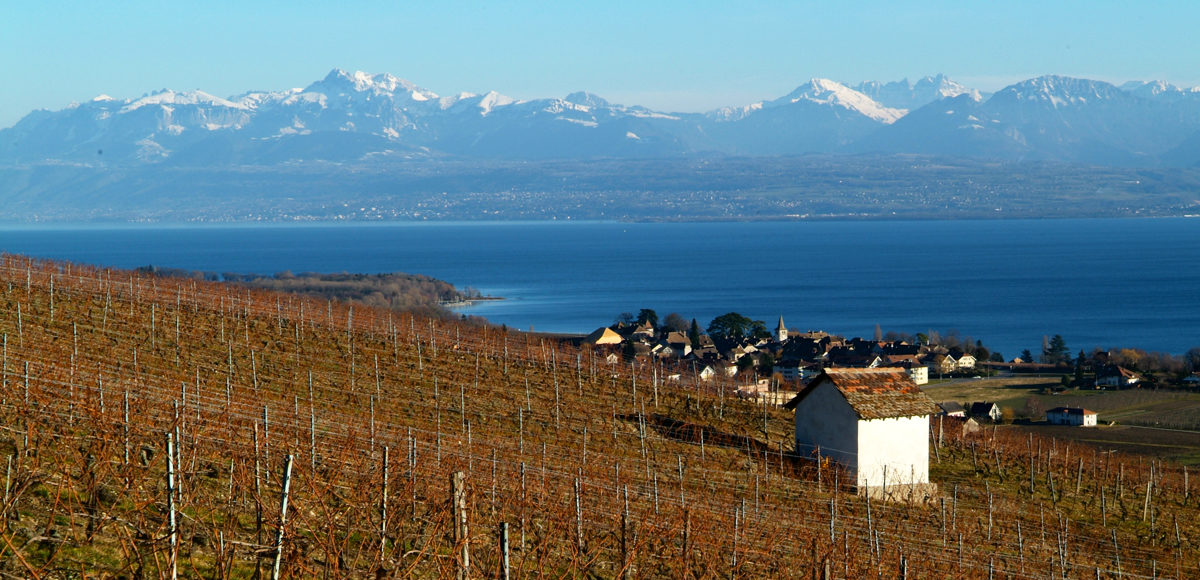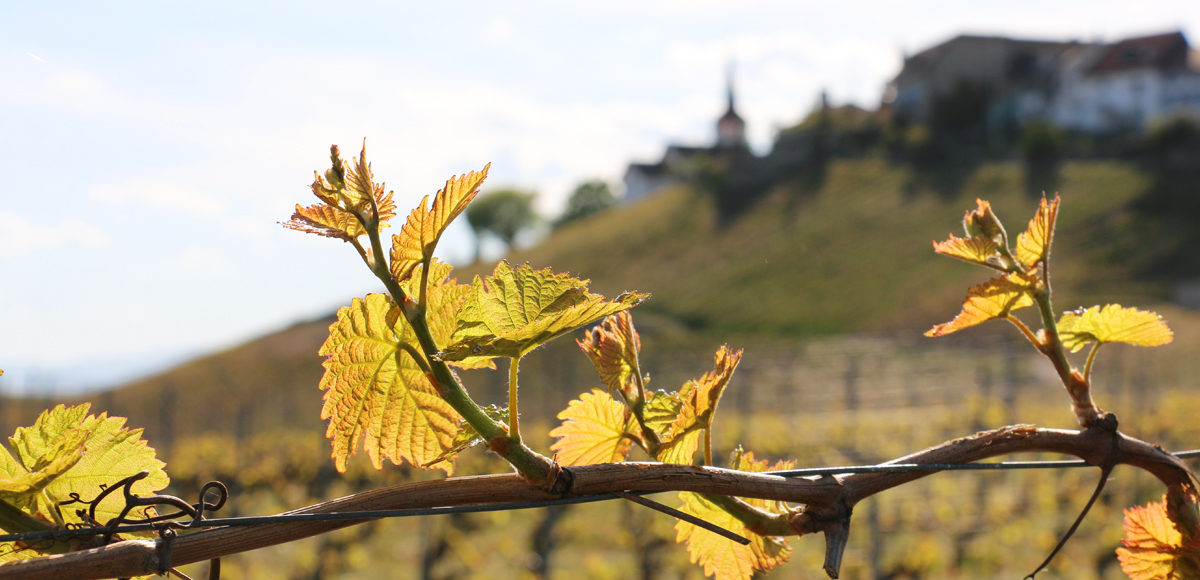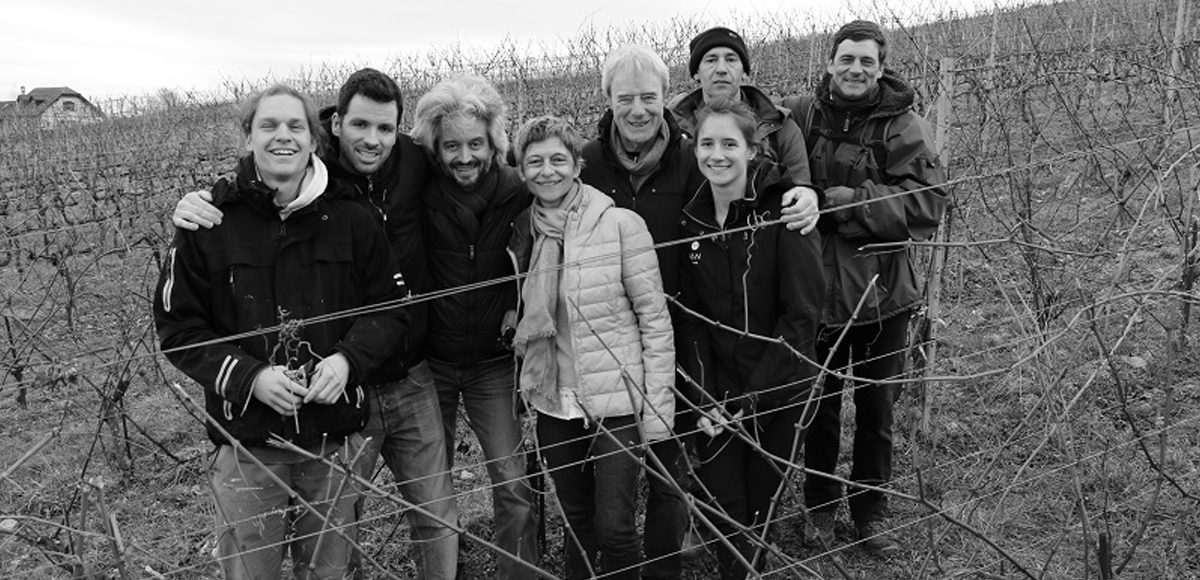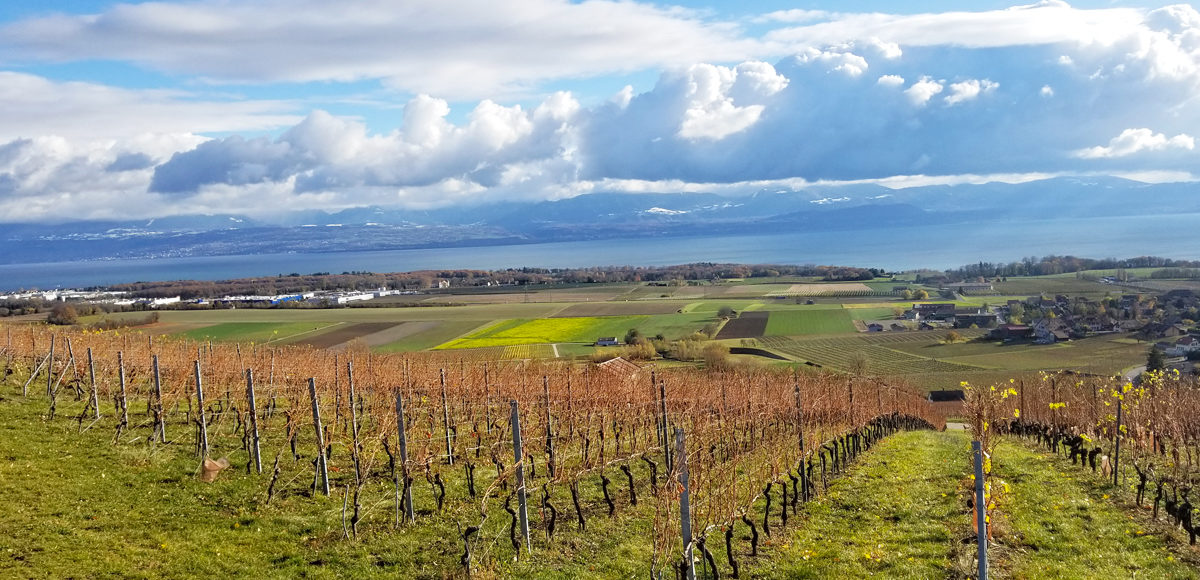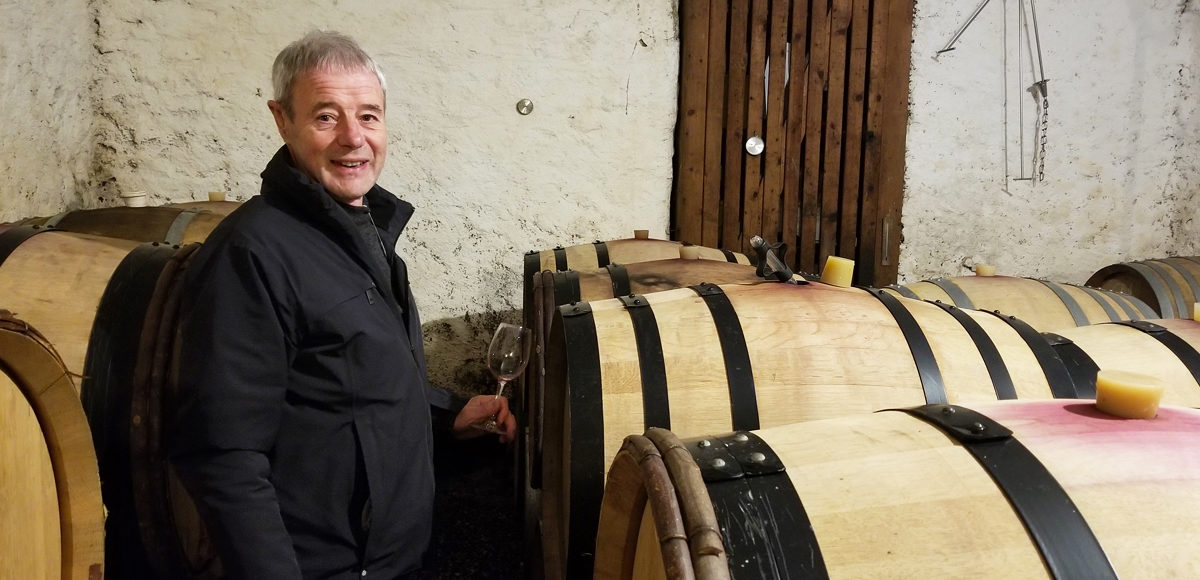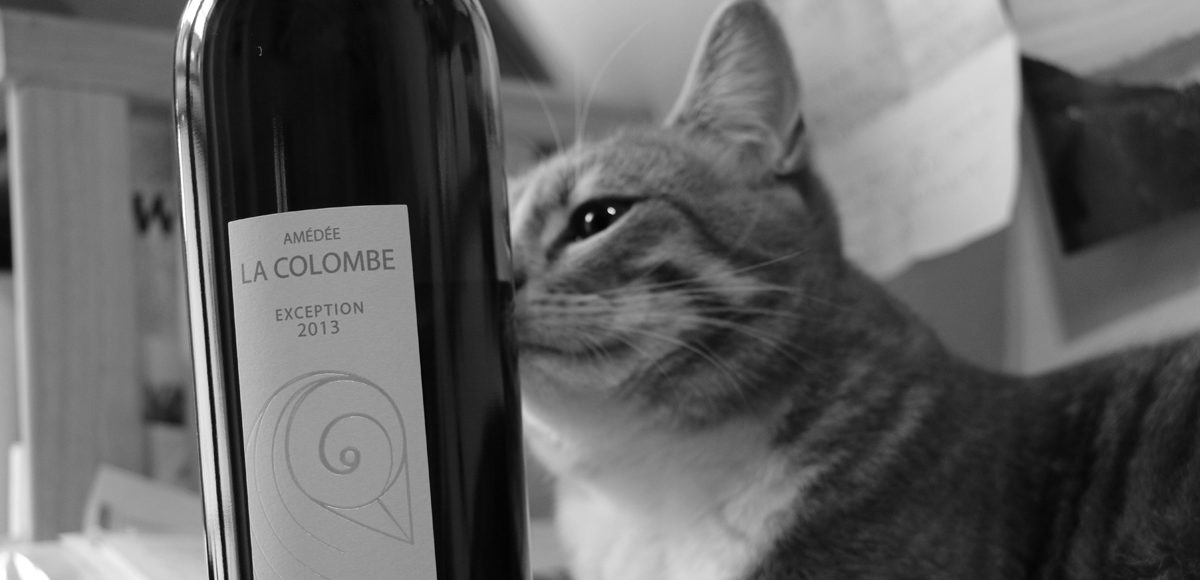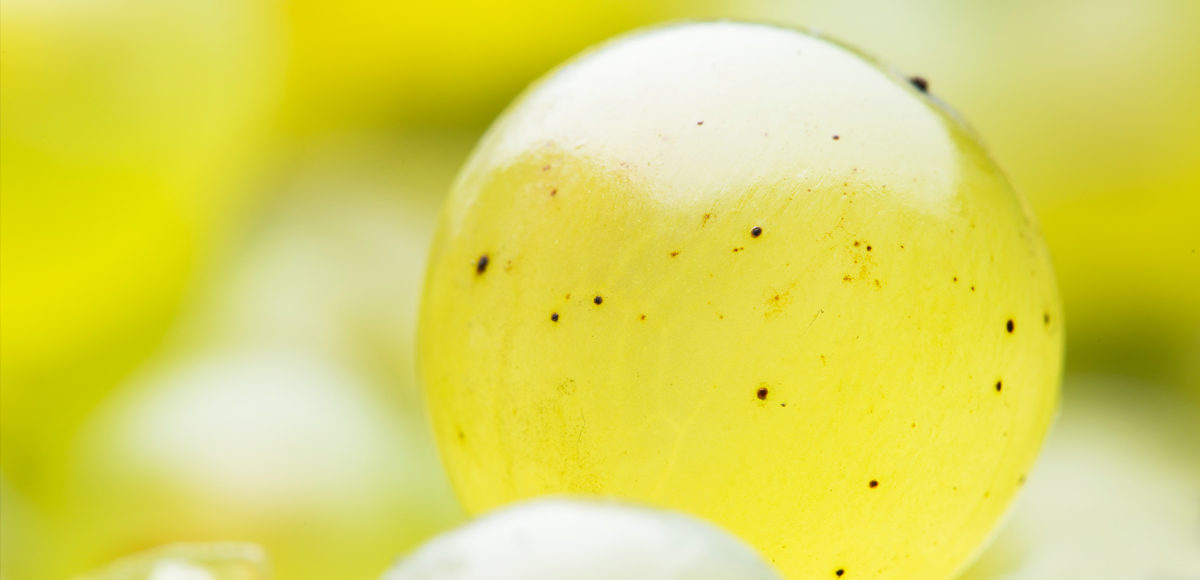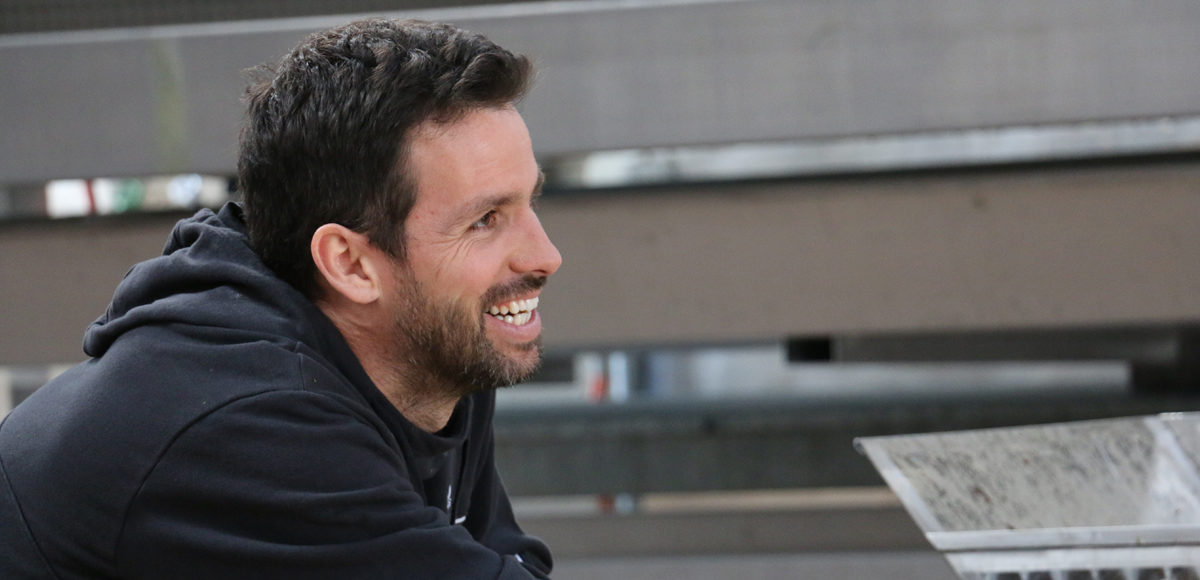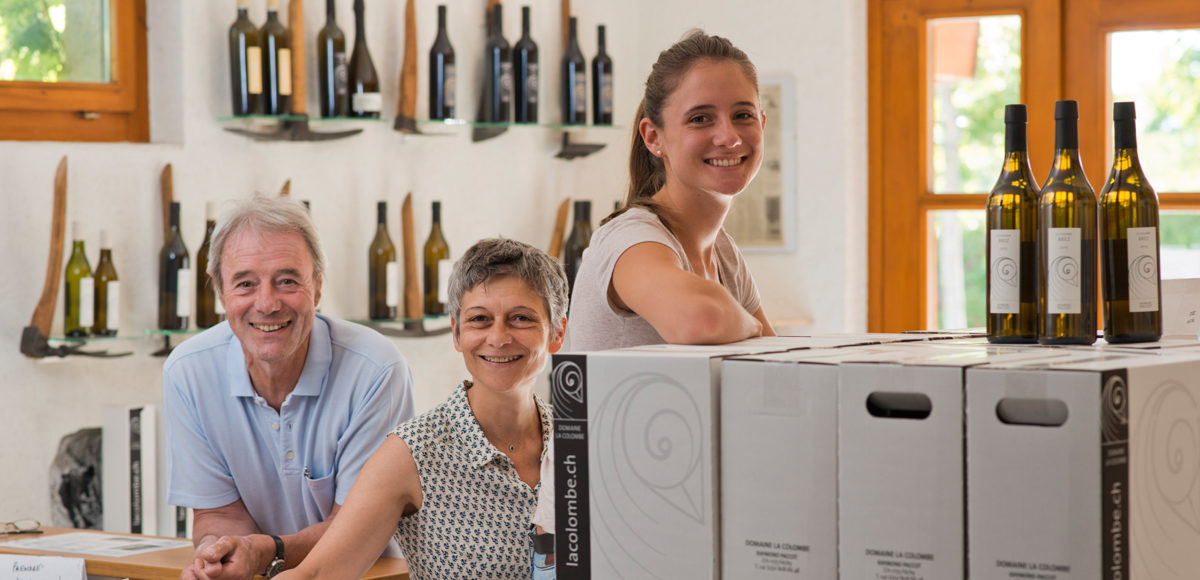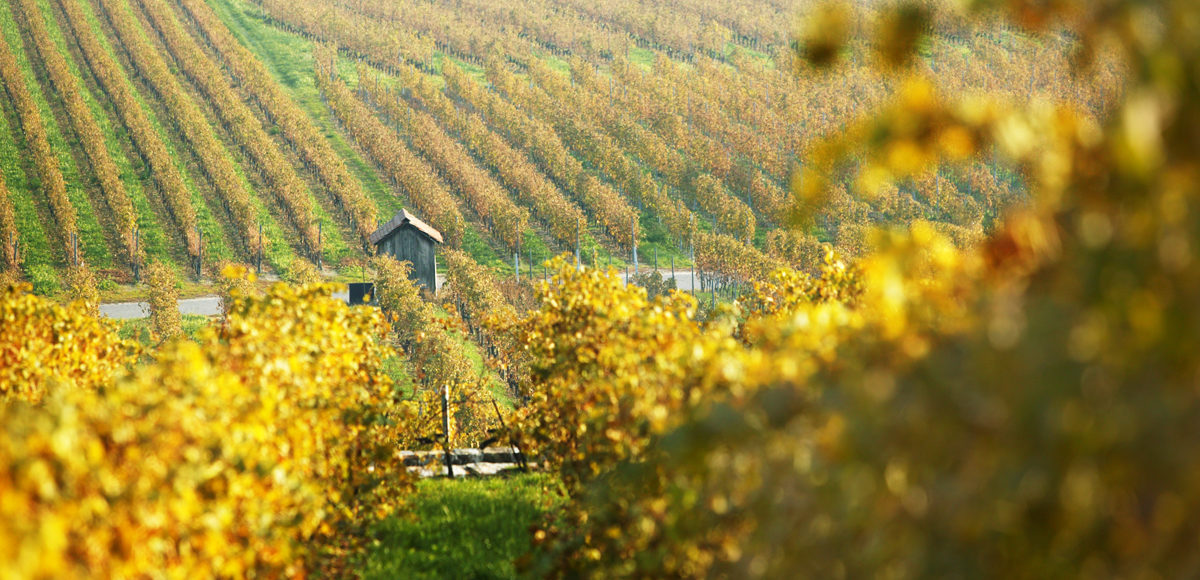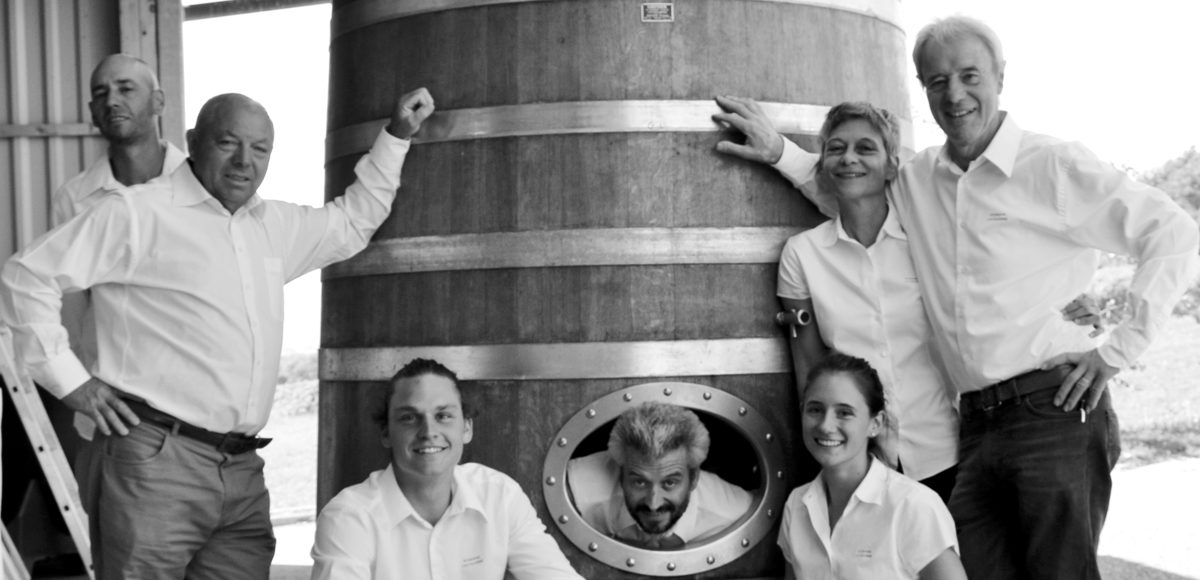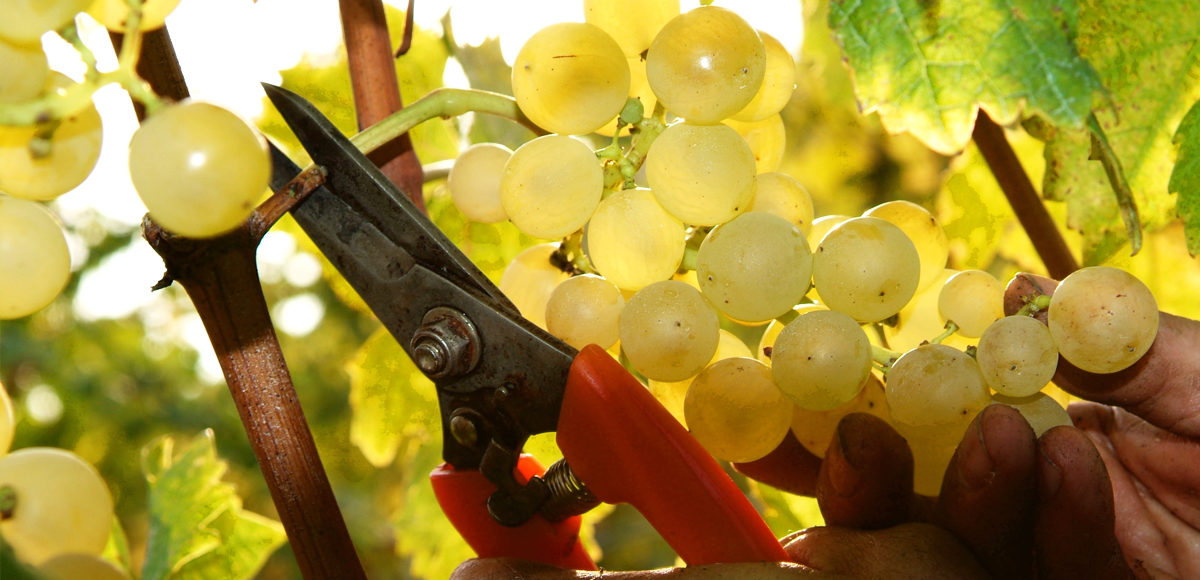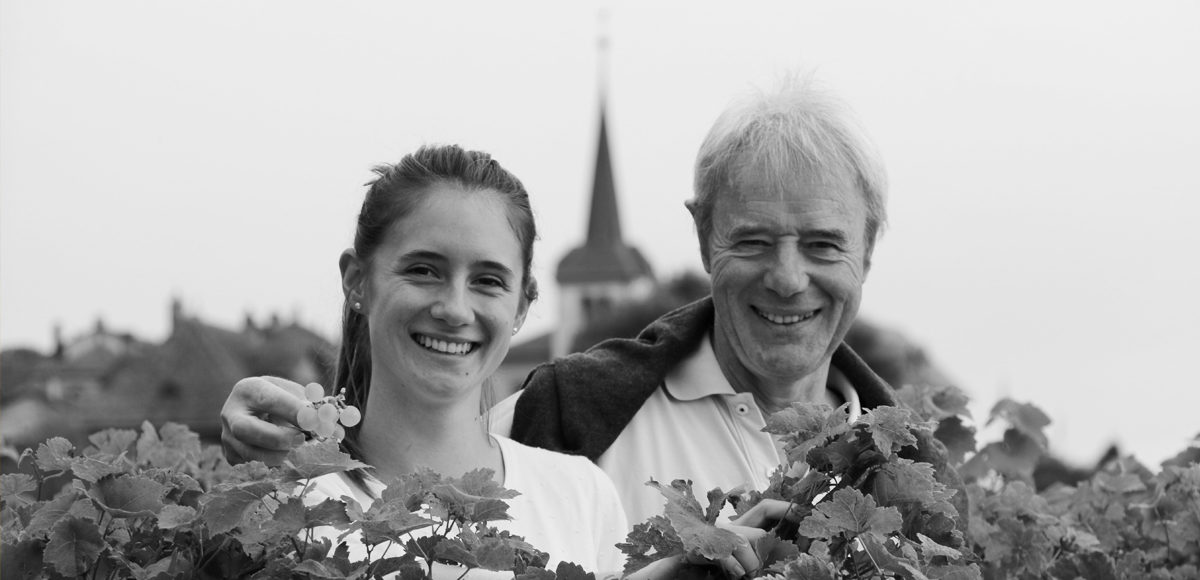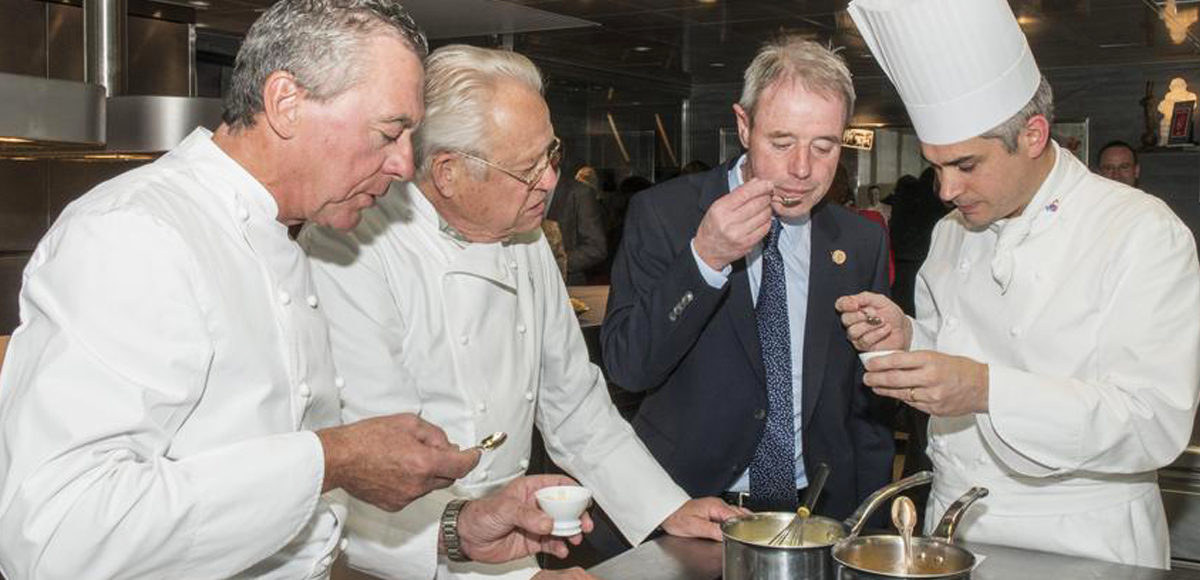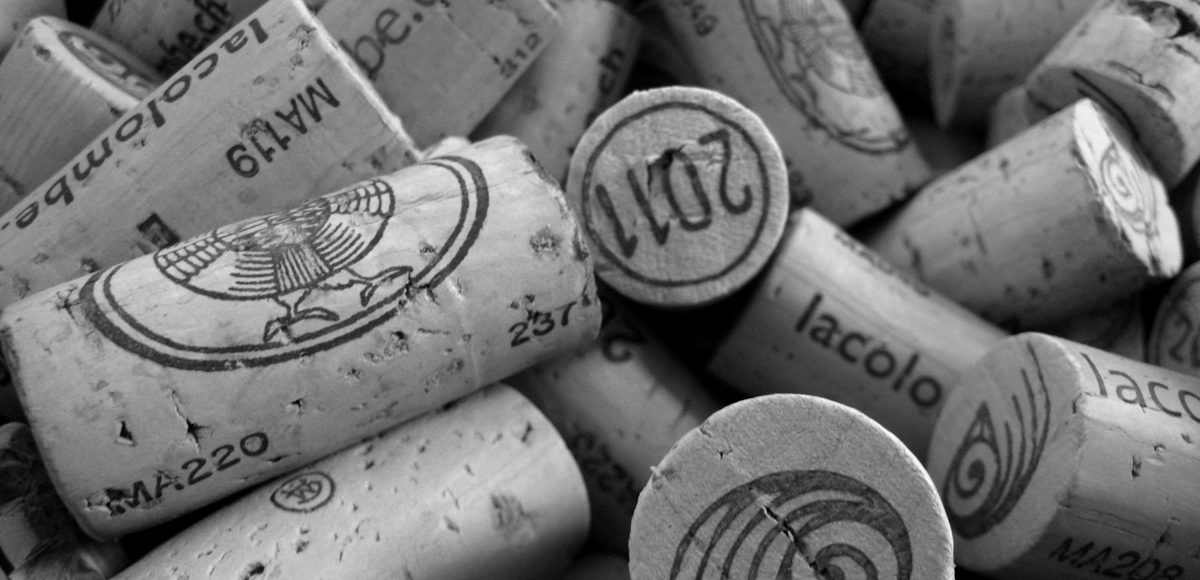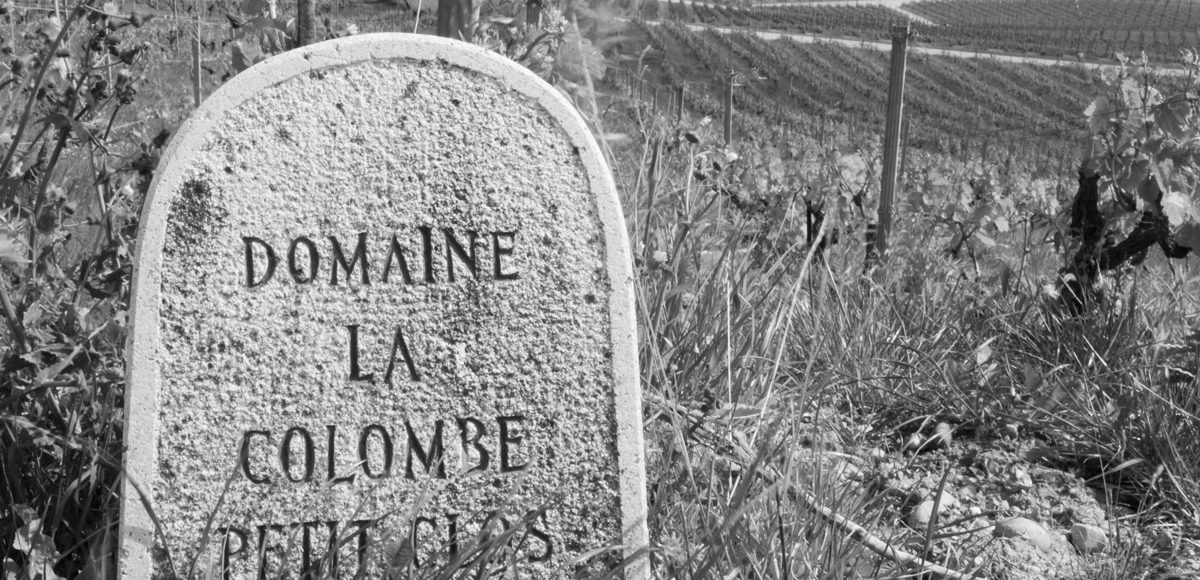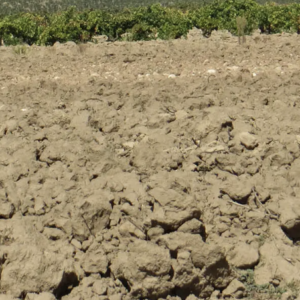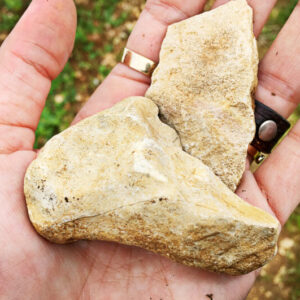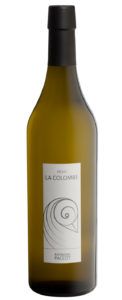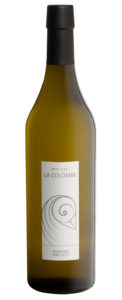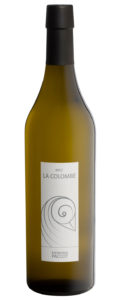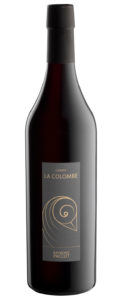“The same goes for both wines and people: we cannot change them, just help them to reveal their true selves. Respecting the personality of every terroir. Understanding and interpreting and enhancing it.” —Raymond Paccot
It is not just the glaciers that are melting in Switzerland. Dated prohibitions and mindsets are, too. There is a big push to organic farming as a means of greater vineyard expression, a healthy embrace of natural wines, and a significant swing to women taking over family domains in ways that felt impossible even one generation ago. Now that these baselines are being established, Laura Paccot, who took over in 2018 from her father, Raymond, says, “The challenge for our generation is in the cellar. To learn to work without adding anything, but to retain the control so we keep the pleasure and the signature of where the wine comes from.” The Paccot family seem ideally suited to take aim and hit this mark of precision, discretion, and respect for both tradition and the future.
History
Jules Paccot, the son of a French seasonal worker from Savoy, bought vineyards in Féchy in 1917. His son, Roger, created the winery known as La Colombe in 1961. In 1978, Roger’s eldest son, Raymond, returned to the estate after a few years of teaching and a trip to Africa that opened his eyes. He realized he missed the vines. It was then that he returned home and switched careers to become a grower and passionately committed oenologist. He studied at the Changins Technical School of Viticulture and Oenology, and after internships in California and Spain, returned to Féchy to take over the family estate.
Succession has always been gradual and smooth for the Paccots. Roger gradually reduced his work load and responsibilities when Raymond returned to the family estate, and the same was true for Raymond’s daughter, Laura, who has been involved in the decision-making processes for quite some time, studied at the same school as her father, and has logged apprenticeships in both South Africa and France (most notably in Burgundy at Domaine Dujac). In 2018, she took over the estate. Today she and her father collaborate, with her focus on the vineyards, and her father’s in the cellar. “My parents have always been really open minded,” says Laura. “My father was a pioneer with biodynamics, which he started exploring in 1999. Organic wine had a bad reputation in Switzerland at the time. People thought it had ‘oneological defects.’ But he understood, and we now know, that among many other things, it allows each vineyard to express itself better.”
Over time, the Paccot family has been exploring their region’s terroirs to gain a deeper understanding of each vineyard’s personality. Today, Raymond, his wife Violaine, and Laura are committed to farming and winemaking methods that respect natural rhythms; they refuse to compromise quality at any juncture. They have increased their vineyard holdings in Vaud from eight to 19 hectares, were one of the first producers in Switzerland to employ biodynamic practices, and are now Demeter certified. Their goal is to make a contribution to the revelation of the full potential of the great terroirs in the canton of Vaud.
Region
Sitting on the northwest shore of Lake Geneva, cradled by France’s Jura region to the west and the Alps to the southeast, Vaud is a real gem. Domaine La Colombe is located in the regional AOC of La Côte, one of Vaud’s six wine regions, sited between Lausanne and Geneva. The winery itself is in the village of Féchy, as are most of their holdings (their Petit Clos parcel is in the neighboring village of Mont-sur-Rolle). Together, these two appellations produce a significant portion of the canton’s white wine. Chasselas, locally known as Dorin, is Vaud’s calling card, accounting for nearly 90% of total production.
Vineyards and farming
In Vaud, vineyards sit 450 to 600 meters (1,500 to 2,000 feet) above sea level but, thanks to the lake, they experience rather mild growing conditions despite their high altitude. Grapes ripen slowly and have less risk of spring frost. In addition, most vineyards face southeast, an ideal orientation for vines as the sun warms the soil in the morning, and prevents grapes from being exposed to the searing afternoon heat.
Much like the Valais, the landscape of this region was carved by the Rhône Glacier. When the glacier disappeared 12,000 years ago, it left behind moraine deposits which have gradually decomposed to form a variety of soil types. The soils of La Côte are relatively deep, with clay and limestone predominating. Sand, gravel, and silt crop up periodically. Classic calcareous marl soils are found higher on the slopes, including the upper half of Brez. The lower on the slope (and closer to the lake) one goes, the deeper (and cooler) the clay soils get. For pinot noir and gamay, the clay is finer and offers a deeper, denser character in its wines.
Over time, the Paccots have realized the critical importance of healthy, natural winegrowing that respects the soil and the planet. In 2000, they began employing biodynamic techniques in the vineyards. For them, this is just the beginning. Their research and experimentation includes permaculture and plant-based treatments in furtherance of producing pure, authentic, and truly natural wines.
In the cellar
Chasselas, a pale and delicate grape, can express a deep fruity character, often backed by minerality, smokiness, and flint. The Paccot’s expression in the Petit Clos bottling, from old vines, is all flesh and fruit, freshness and grip, density and succulence in perfect balance. Colombe’s pinot noir and gamay are marvelous amalgams of red fruit and savory elements: both from nearly 40-year-old vines on clay and limestone, typically 60% whole cluster with a long cold soak and neutral barrique aging. Minimal SO2 added at bottling. “Time is the best help we have to make harmonious wines,” Laura notes. “You don’t need much else if the wines have time.”
